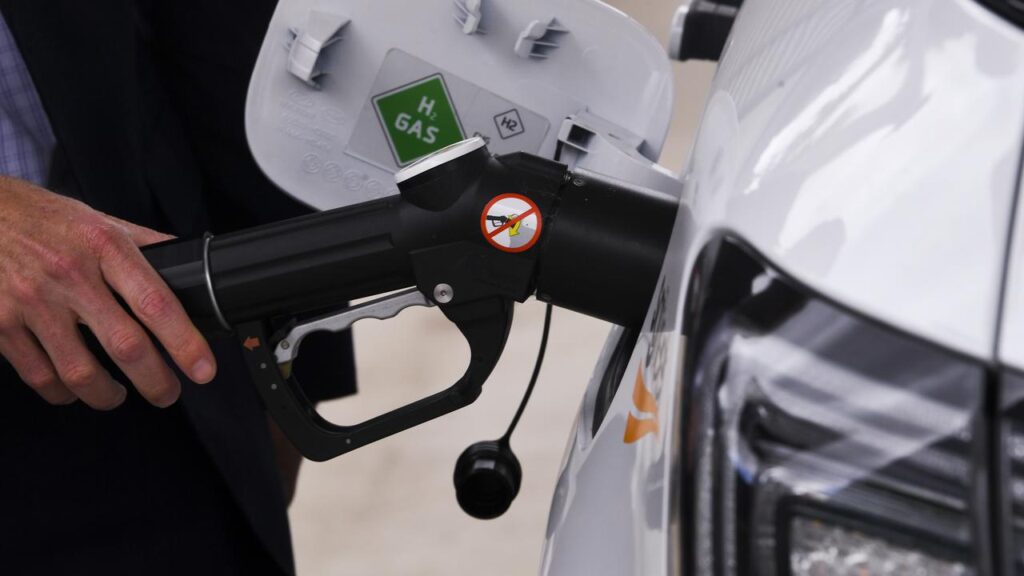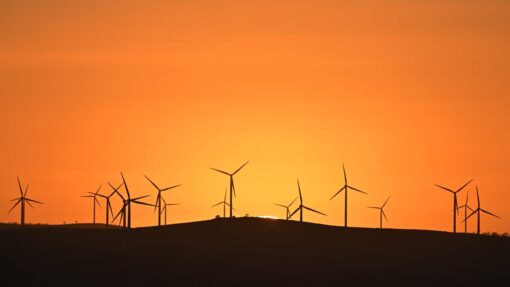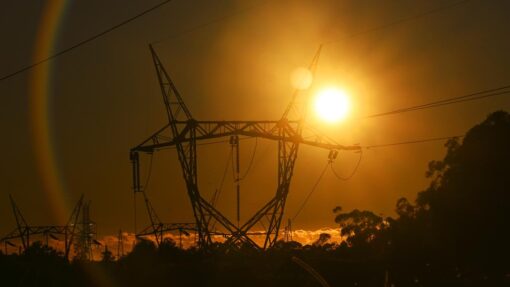Wastewater may solve wee green hydrogen price problem
Jennifer Dudley-Nicholson |

Australian researchers have developed two ways to cut the price of green hydrogen and the key ingredient is something few would expect: urine.
But the group has also encountered an unexpected challenge after finding Australia’s wastewater is too “clean” to power the process.
The University of Adelaide announced the breakthroughs in two scientific papers published in international journals, revealing the processes could cut the cost of renewable hydrogen by as much as 27 per cent.
The details come one year before the US government’s target to create green hydrogen at a price of $US2 a kilogram, and months after the federal government passed hydrogen tax credits to encourage its production.
Green hydrogen, when it can be produced cheaply and at scale, is expected to power heavy industry, long-haul trucks, and to be used in the production of green metals such as iron.

The fuel source is typically created by using electrolysis to split water into oxygen and hydrogen but is an energy-intensive and costly process.
By using urea, which is found in urine, University of Adelaide chemical engineering professor Yao Zheng said researchers were able to achieve the split using significantly less energy.
The unusual process can create toxic by-products, but academics from the university and the Australian Research Council Centre of Excellence for Carbon Science and Innovation discovered methods that produced a gas instead.
“We need to reduce the cost of making hydrogen but in a carbon-neutral way,” he said.
“While we haven’t solved all the problems, should these systems be scaled up, our systems produce harmless nitrogen gas instead of toxic nitrates and nitrites, and either system will use between 20 to 27 per cent less electricity than water-splitting systems.”

By using wastewater rather than de-ionised water and a cheaper catalyst than platinum, Prof Zheng said it could be possible to cut green hydrogen’s production cost to below America’s $US2 per kilogram target.
Researchers did face one unexpected hurdle, however, and had to test their methods using urea sourced from places other than Australia’s waste stream.
“We buy the urea, not the natural product,” he told AAP.
“The product is not collected in Australia because the quality of wastewater in Australia is too high, it’s too clean.”
The group would seek to scale up the experiments beyond the lab, Prof Zheng said, with a goal to produce green hydrogen for between $US1.50 to $US1.95 a kilogram.
The US Department of Energy set a target cost of $US2 a kilogram for green hydrogen by 2026, and $US1 a kilogram by 2031.
Green hydrogen projects are under way in Queensland, NSW, South Australia and Western Australia, and the federal government will offer a Hydrogen Product Tax Incentive between 2027 and 2040.
AAP


